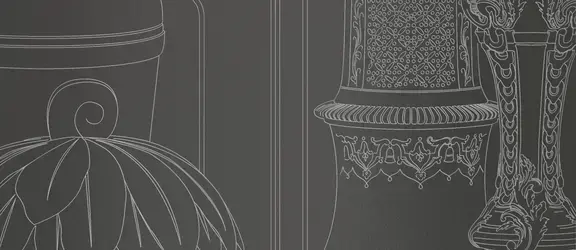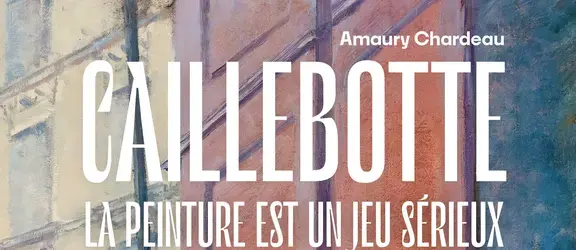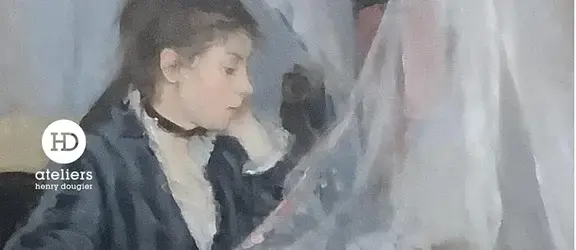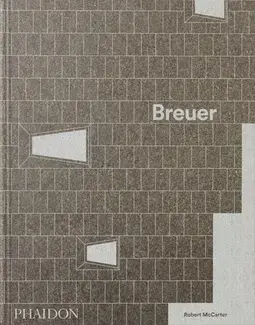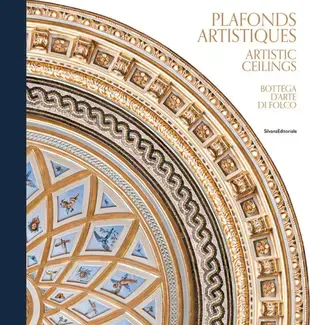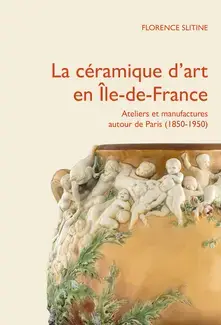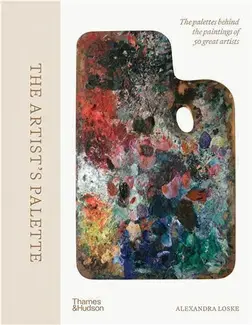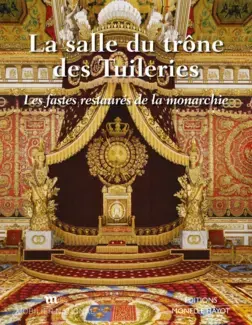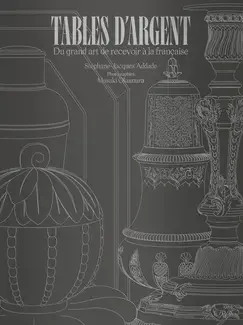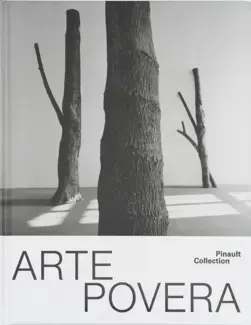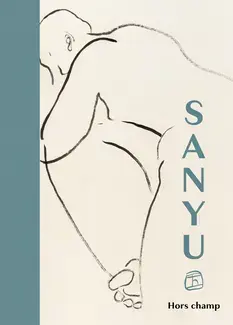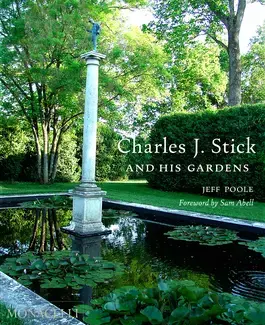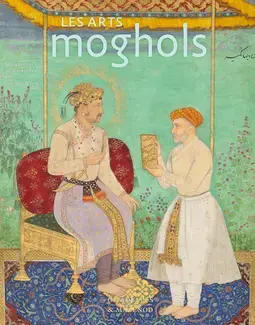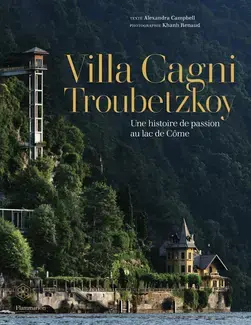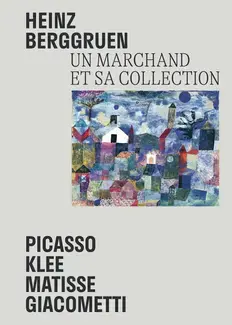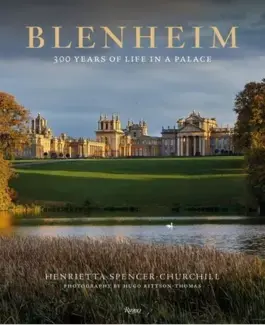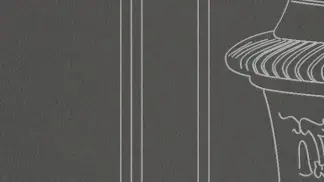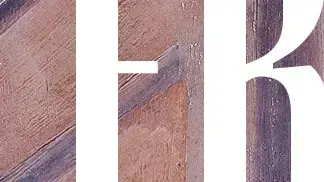 Home
Home
Librairie Lardanchet Paris
Navigation principale
Menu du compte de l'utilisateur
- My account
Breadcrumb

Cavaliers De Bronze Les Statues Équestres Et La Sculpture Entre 1800 Et 2020
Auteur(s) : Claude Lapaire
With the advent of Romanticism, equestrian statues went from being limited to immortalising a sovereign or leading figure to representing heroes from a historical or mythical past, as well as female riders. However, while the equestrian statues of the Renaissance and Baroque periods are well known, little is known about those created after 1800.
This first attempt at a history of equestrian statuary after 1800 presents some one hundred and fifty monuments erected around the world and sets out to detect their specific features and understand their political and social significance, as well as their function in the city. It analyses the conditions under which the monuments were produced and the fate that befell them. It looks at the sculptors who designed them, including Canova, Thorvaldsen, Westmacott, Barye, Frémiet, Bartholdi, Rodin, Bourdelle, Marini, Botero and, most unexpectedly, Calder.


We also
recommend

Titre
Titre
Titre

Bookshop
New book new


Titre



Titre

Titre
Titre
Bookshop
Favorites


Titre




Titre

Titre


